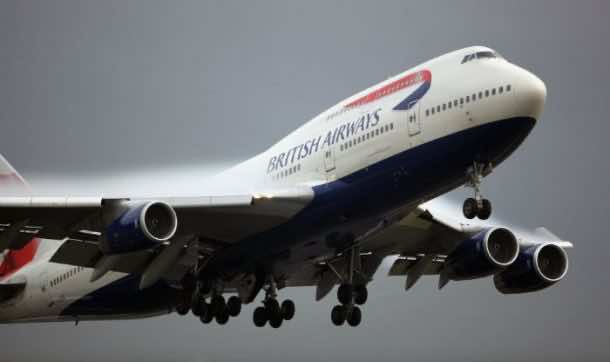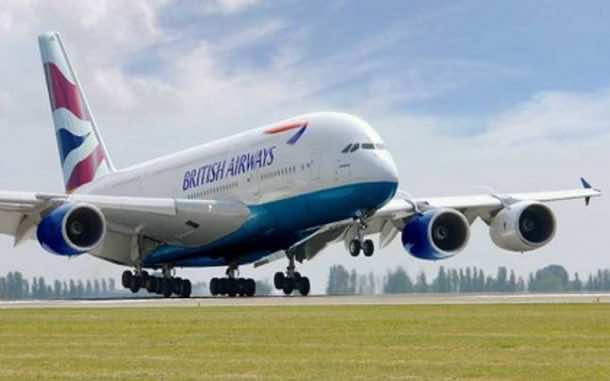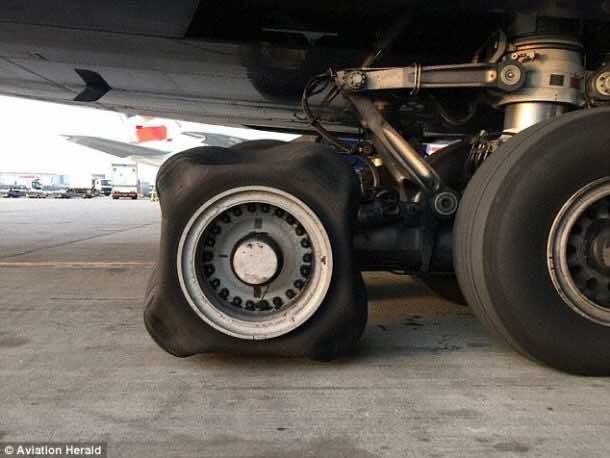There is no dearth of mysterious incidents and experiences in the aviation industry; however the latest episode of the British Airways Airbus A380-800, registration G-XLEB, left the aeronautical experts bemused.

The flight was en route from Hong Kong to the Heathrow airport, London. As the plane took off and reached its final altitude, the pilot was warned about the tire pressure, but the crew decided to continue with the flight. Therefore, the pilot requested a tow tug at the London airport and settled into the 13-hour flight.

Once the Airbus arrived at the Heathrow, it was able to taxi on its own, forgoing the assistance of the tow tug. The real surprise came when the airport staff discovered that the deflated tire. They expected to find a flat wheel, but the collapsed tire of the British Airways A380-800 had assumed the shape of a square.

The square shaped tire has led to a lot of speculation and head-scratching among the aviation experts. The authorities have agreed that the images of the tire are original and have not been photoshopped.
Some of the analysts have suggested that the unique shape of the tire is a result of a slow puncture at a range of varying temperatures. The general response of the aviation authorities has been:
“It is a curious one. Not seen anything like it before.”
When questioned about the square tire of Airbus A380-800 Patrick Smith, the author of Cockpit Confidential said:
“The tyre deflated and the subsequent rotation caused it to fold in on itself in four symmetrical segments.”
Since the A380 has been designed to deal with such emergencies, therefore landing with a flattened tire was not hazardous.
What is your take on the tire shape? Let us know in the comments section.



I’m not sure why it’s so puzzling. The slow puncture would allow the pressure inside and outside the tyre to slowly equalise over the long flight, the tyre staying it’s original round shape during the process. As the aircraft descended (over minutes not hours) the pressure inside the tyre would be lower than the outside as the pressures couldn’t equalise as quickly and possibly could even seal the puncture as the pressures acting upon the tyre are the reverse of the normal forces it would be under. Circular object when it has equal pressure added to its circumference will deform in the way the tyre has and hey presto it’s now a square, well kinda. Simple but interesting physics!